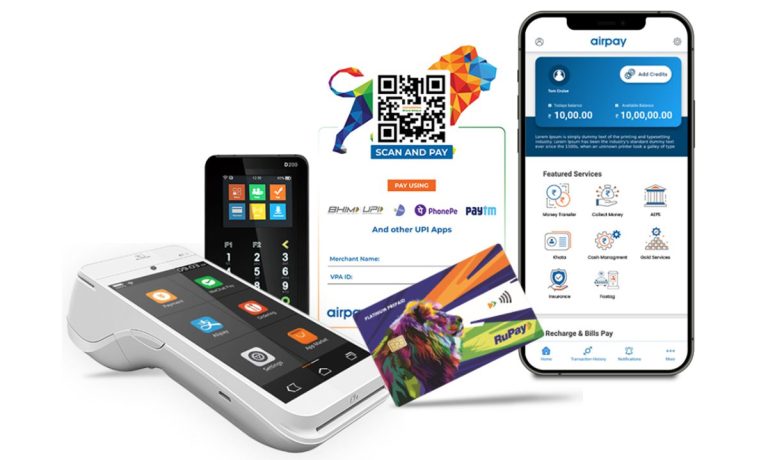
It’s become conventional wisdom to assume that the pandemic has made us all experts in digital commerce, navigating our devices with aplomb, clicking and buying and having things delivered to the doorstep with nary a human interaction.
That would be the conventional wisdom, yes. But it would be wrong.
Not every country has embraced eCommerce as fully as the U.S., where, as detailed in recent PYMNTS research, the connected economy is cementing itself into nearly every aspect of daily life. Several developed economies are still in the early days of their digital transformations, in part due to tech constraints. But as smartphones are getting less expensive, as 3G networks give way to 4G and 5G coverage, those hurdles can be overcome.
Having the hardware and software in place is one thing, but as Kunal Jhunjhunwala, founder and managing director of India’s Airpay, noted, cultural nuances have a significant impact on how people pay — and on how comfortable hundreds of millions of Indians are using digital channels to get the goods and services they need.
“The older generations are still sort of squinting through their phones to look at icons,” he said, “and there is still a human aspect of digital adoption that will take some time to get past.”
See also: India’s Digital Efforts, Payments Poised To ‘Break Out’
India, of course, has been on a multiyear journey away from cash, most readily apparent in the Modi government’s bid to de-monetize that started in 2016. Since then, the government and regulators have been pushing hard for digital payments to be widely adopted across all aspects of India’s economy.
“It’s not a FinTech thing, and they’re no longer just a private sector thing,” Jhunjhunwala said about digital payments in general. “Those payments are now a matter of public policy.”
But at the center of India’s commerce engine lies the trust placed in physical outposts of commerce that can offer an on-ramp to digital conduits: the local corner shops that are social hubs and have long been key locations for money-transfer services. Those agents may have formerly been purely cash-in, cash-out, but they’re evolving into key points of digital transactions too.
Those trusted agents, those trusted shopkeepers, said Jhunjhunwala, can with the proper training and access to platforms such as Airpay’s, create an ecosystem based on “assisted finance,” that transforms digitally tentative consumers into digitally native ones — at their own pace.
It’s a transportable model, too. Jhunjhunwala said the company will be expanding into other regions, such as Africa, where smaller markets are also adopting mobile as infrastructure improves.
Those activities, he said, “give people the flavor of what’s possible — and how comfortable they may be moving into other eCommerce activities.”
Moving to an assisted omnichannel model represents a sea change for Airpay itself, which until recently was primarily focused on processing B2B payments. At the height of the pandemic (and quietly, said Jhunjhunwala), the company pivoted to build out its agent network and broaden service offerings to include consumer-facing insurance payments, healthcare payments and topping off cellphone and other services.
The agents themselves earn commissions on each transaction, he said, creating a handy secondary revenue stream. They use Airpay’s payment terminals or their own computers to help walk customers through cash-based transactions or digital ones.
He explained to PYMNTS’ Karen Webster that the agents need not be exclusive to Airpay’s network, and can also be agents for, say, Western Union — a bid for cross-pollination that benefits all stakeholders. As part of its consumer-facing strategy, Airpay looks to build its network with individuals of good standing in the community (retired teachers, for example).
Assisted eCommerce
Airpay is also moving into what it terms “assisted eCommerce,” which helps individuals and families outside of India’s largest cities move more fully into the digital ecosystem. These consumers, he said, understand and use mobile technology, but they are not necessarily comfortable shopping or transacting on their mobile devices.
In that scenario, he said, an on-site consumer might scroll on their device to find goods or services they want to buy, hand the device to the agent/shopkeeper to help complete the purchase, hand over the cash, and have the order shipped to the storefront for pickup.
“We’ll be enabling financial services at the last mile to the 500 million people in India who do not have access to formal financial services,” he said, “through the creation of assisted financial services.”